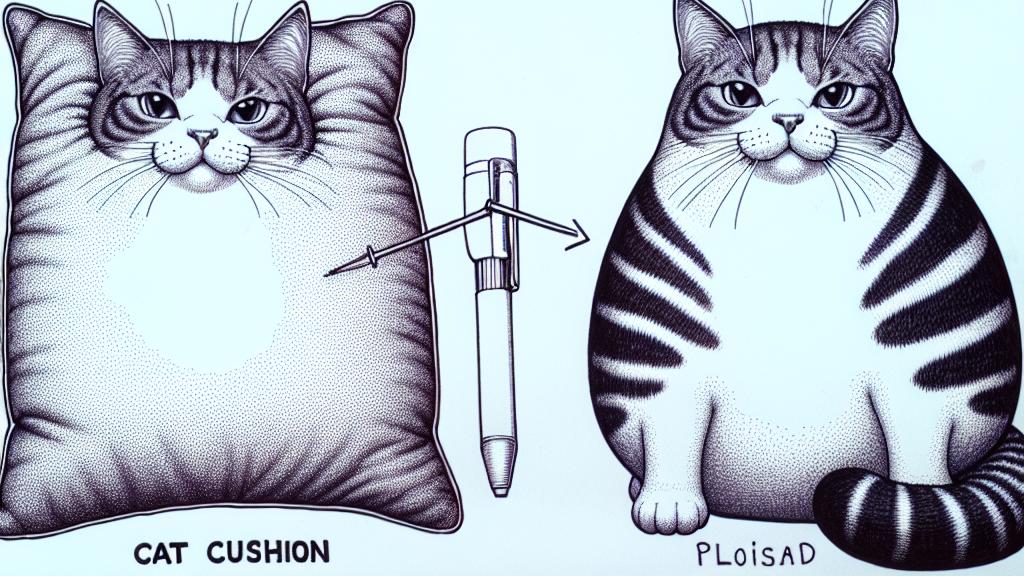Debate Over Design Rights: Yukai Engineering vs. Felissimo's Cat Cushion
Overview
- A fierce debate has erupted between Felissimo and Yukai Engineering regarding a newly released cat cushion that closely resembles QOOBO.
- Yukai Engineering staunchly defends its design rights, raising important questions about the effectiveness and scope of design protection.
- This unfolding dispute not only highlights the intricacies of intellectual property law but also tests the boundaries of innovation and imitation in a competitive market.

Context of the Dispute
The recent controversy began when Felissimo introduced a cat cushion that many consumers noticed bore a striking resemblance to Yukai Engineering's beloved QOOBO—a product designed not just as a plush toy but as an interactive companion. CEO Shunsuke Aoki did not hold back his concerns, taking to social media to express his frustration over what he perceives as a blatant copy. This incident ignites a broader discourse about creativity in design and the fine line between inspiration and imitation. For instance, while both products might look alike at first glance, the distinctive touch-sensitive features of QOOBO evoke emotional connectivity, making the debate even more complex.
Understanding Design Rights
In Japan, design rights serve as crucial protection for artists and companies, allowing them exclusive rights to their unique visual creations. Acquiring these rights entails navigating through a rigorous process at the Japan Patent Office, where applicants must prove their designs are novel and not easily replicable. Take the example of QOOBO: it’s not merely a cute cushion; it embodies advanced robotics that interact with users. Such features truly set it apart in the market. However, the core question that remains—how similar must two products be to warrant a claim of infringement? This situation encourages a timely examination of our understanding of originality and the legal frameworks that uphold it.
Implications and Future Considerations
The implications of this dispute resonate throughout various industries, especially where design plays a pivotal role. Companies must take the lessons learned here to heart—scrutinizing their design processes and ensuring they understand the protections available under intellectual property law. This controversy acts as a wake-up call for businesses, prompting them to reflect on how they define originality and innovation. Moreover, it highlights the necessity for ongoing dialogue about design rights in an increasingly visual marketplace. As consumers grow more discerning, the stakes rise for brands to not only protect their designs but to also innovate responsibly. Ultimately, this case will likely influence future perceptions and regulations surrounding design rights, pushing the envelope on how we think about and approach product development.

Loading...